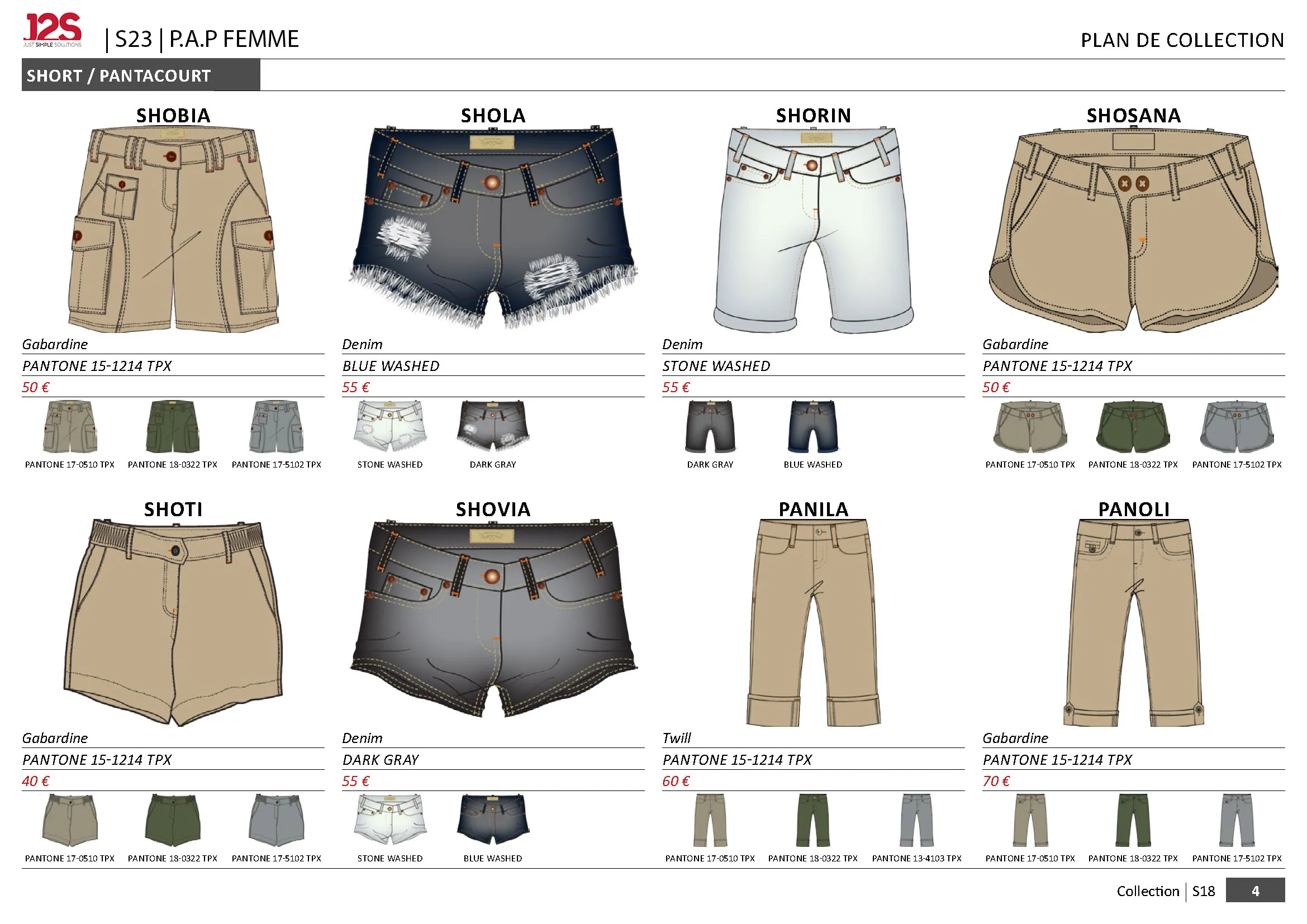Improving the processes for creating and developing collections is vital for brands and retailers. They meet the challenges of sourcing, manufacturing, and transporting products to ever-shorter deadlines.
Design offices, which are increasingly mobile due to remote working, accelerate their digitalization 1 to save time in the creative stages. They are facing crucial issues: working faster in less time to guarantee the production of collections to tight deadlines.
An article 2 from Chez J2S explains how J2S Template Maker is helping to improve the productivity of design teams by automating the creation of model data sheets in Adobe Illustrator before they are integrated into PLM 3.
One area needing improvement is the design process of fashion collection books.
How to use fashion collection books?
The fashion collection book, or overview, group styles in a collection or theme, sorted according to different classification criteria (product family, material, color, price, etc.).
Some brands develop more than 500 models per collection, each available in several colors. It is essential for those involved in design—collection managers, product managers, merchandisers, buyers, etc.—to have either a general or targeted overview of the models being designed.
As images are at the heart of fashion design, the presentation of the collections must be highly visual to help the teams project their vision.
Example of a fashion collection book4:

The models and their color and material variants are grouped on boards:
- To facilitate decision-making during selection meetings (model to be kept, change of style, rebalancing of colors, silhouette, etc.)
- To monitor the progress of the collection precisely, using visual collection books dedicated to product managers, buyers, and merchandisers, with additional information (price, quantity, selection according to shop type, etc.) updated downstream of the selection when the models have gone into development in the PLM.
The collection book is a constantly evolving document, subject to numerous updates in very short timescales depending on the direction of the collection.
Manufacturing and updating fashion collection books
The creation of collection books is time-consuming and repetitive work, often done manually:
- Copy-paste image and manual entries (from Excel or other data sources)
- Lack of links with source data (images and model attributes), which are often already present in PLM 5.
- Hand-crafted methods are still used: printing sketches, gluing on foam board, cutting and gluing material samples to illustrate colors, etc.
These manual processes make it impossible to keep the information up to date in a fast-paced environment, making the fashion collection book quickly obsolete and unreliable. In such a context, changes to the collection are much quicker than updating this document.
A heavy workload for designers
Many companies still impose the layout of fashion collection books on designers, who work on Adobe Illustrator and Photoshop, tools that are not accessible to the company’s other professions.
We estimated that approximately thirty days per season were spent producing and updating a fashion collection book for one of our clients. Yet, this layout work carried out by the stylists takes time away from the creative process.
Given the increasingly shorter development timelines, what value does it add for design teams to invest significant time in creating and maintaining documents that could be easily automated?
This question highlights a significant issue of digital transformation with a clear return on investment.
What is the optimal workflow for fashion collection books?
According to Daté Tétégan, a consultant specializing in design business processes in the fashion industry:
I quickly realized that J2S’ expertise is crucial for supporting the digital transformation of fashion brands. We have developed applications, extensions, and Adobe plugins with J2S designed for designers to help automate their creative processes, including fashion collection books.
For design teams, using J2S Template Maker and Simple Workspace tools frees them from the time-consuming task of creating fashion collection books.
This is how it works:
- Designers create and update models in Adobe Illustrator templates whose workflows are managed by the J2S Template Maker extension 6. The model images are then imported into the company’s PLM.
- At any time, Simple Workspace, the J2S solution, can automatically retrieve all the information from Centric Software ’s PLM, aggregating it with other data sources (e.g. ERP, PIM data) if needed, to generate collection books on demand.
The benefits are multiple:
- Fashion collection books are produced and updated in record time with a limited load on the design team.
- The ergonomic design allows any authorized user to create an updated collection book.
- Centralized in a single tool, the collaborative workflows on collection books implemented in Simple Workspace shorten decision-making times.
Daté Tétégan: Stylist and Consultant in Digital Fashion Design, Clic2mode Contact : date.tetegan@clic2mode.com
Want to free up time for your design teams? Contact us !

R. Loubéjac
Cofounder of J2S

Daté Tétégan
We are aware that the correct usage would be to refer to “digital transformation” rather than “digitalization”, but we are choosing to go with the most common usage among fashion players. 🙂 ↩︎
Read Productivity issues in the fashion design industry . ↩︎
PLM (Product Lifecycle Management) is a solution for managing the product lifecycle, from design through manufacturing to sales. Please refer to the definition of the product lifecycle principle on Wikipedia , as well as to Centric Software’s vision of PLM . ↩︎
Due to privacy concerns, we cannot show our clients’ collection book that features future models. ↩︎
Simple Workspace has a connector to Centric Software’s PLM API. This enables automatic retrieval of data managed in the PLM. ↩︎
For brands using Centric Software’s PLM, J2S Template Maker is designed to automatically create artwork using the PLM label list and ensure that the labeled images (” intentions “) are created for the PLM at the time of the Checkin with the Illustrator/PLM Adc connector from Centric. ↩︎








